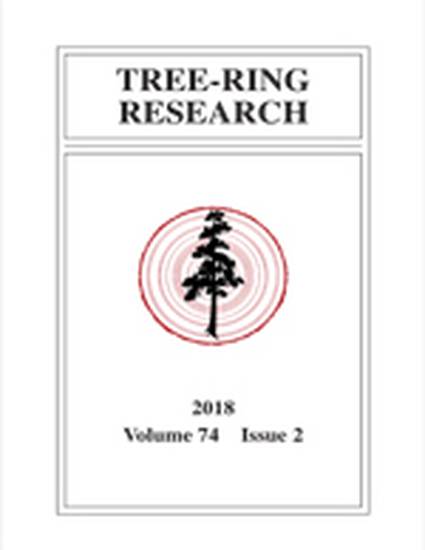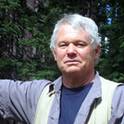
Article
Climatic Drivers of Ponderosa Pine Growth in Central Idaho
Tree-Ring Research
(2018)
Abstract
Despite the widespread use of ponderosa pine as an important hydroclimate proxy, we actually understand very little about its climate response in the Northern Rockies. Here, we analyze two new ponderosa pine chronologies to investigate how climate influences annual growth. Despite differences in precipitation amount and timing and large elevation differences (1820 m versus 1060 m), ring width at both sites was strongly driven by water availability. The mid-elevation, water-limited site responded well to previous fall precipitation whereas the wetter, high-elevation site responded to growing season precipitation and temperature. When precipitation and temperature were simultaneously accounted for using the standardized precipitation evapotranspiration index, ring-width response between sites converged and appeared nearly identical. Water stress drove the timing of ponderosa pine growth by a combination of factors such as strong water dependence, and determinate growth physiology, as indicated by lag-1 autocorrelation. When analyzing response to single-month climate variables, precipitation from growing-season months dominates. When we examined seasonal variables, climate from the previous year became more important. Temporal fidelity of the climatic response at both sites maintained significance across the historical record, although the relationship weakened at the low-elevation site. The collection of new tree-ring data sets such as these for central Idaho improves our understanding of ponderosa pine growth response to climate.
Disciplines
Publication Date
2018
DOI
https://doi.org/10.3959/1536-1098-74.2.172
Citation Information
James N. Long. "Climatic Drivers of Ponderosa Pine Growth in Central Idaho" Tree-Ring Research Vol. 74 Iss. 2 (2018) p. 172 - 184 Available at: http://works.bepress.com/jameslong/266/
